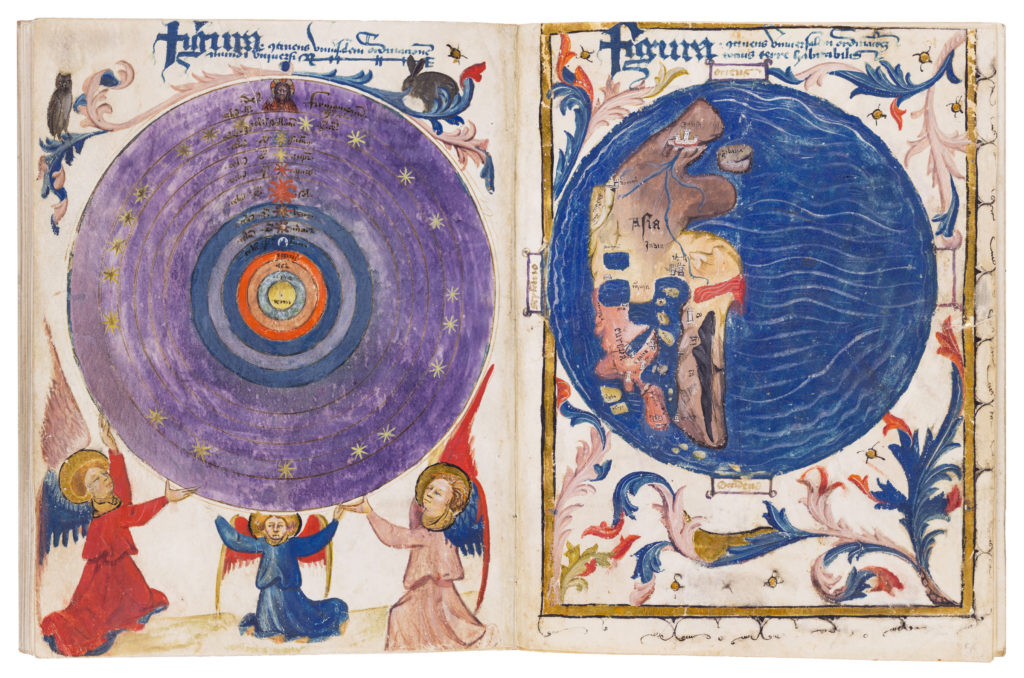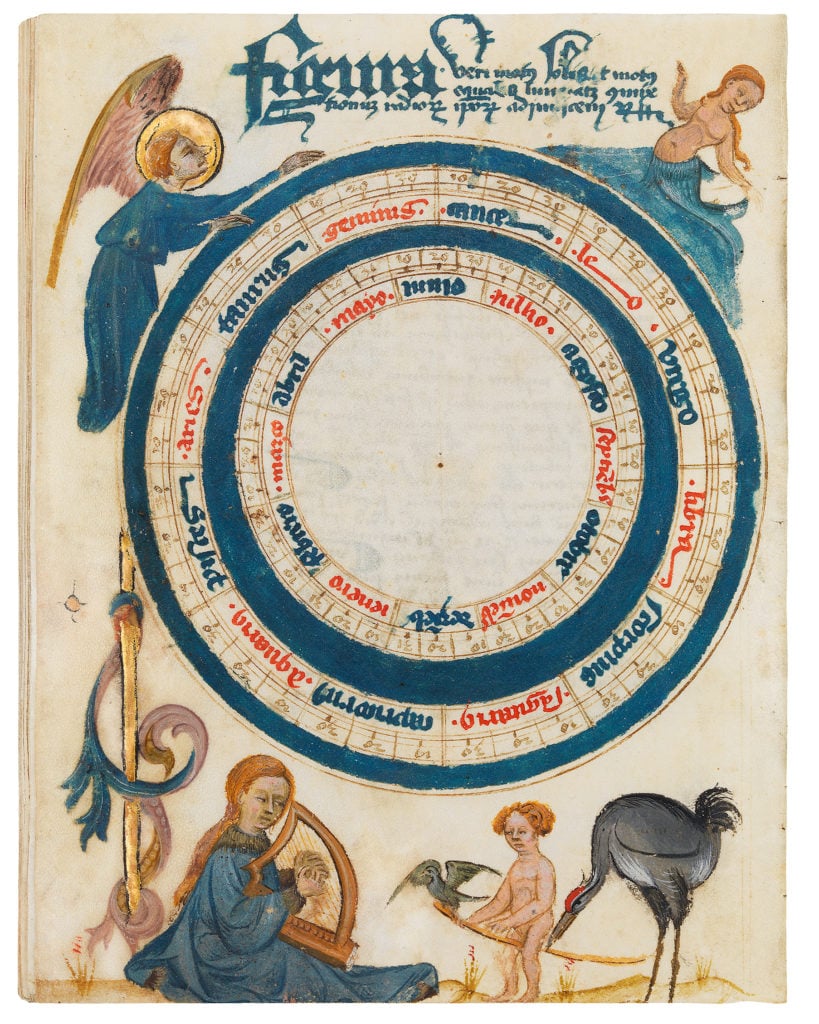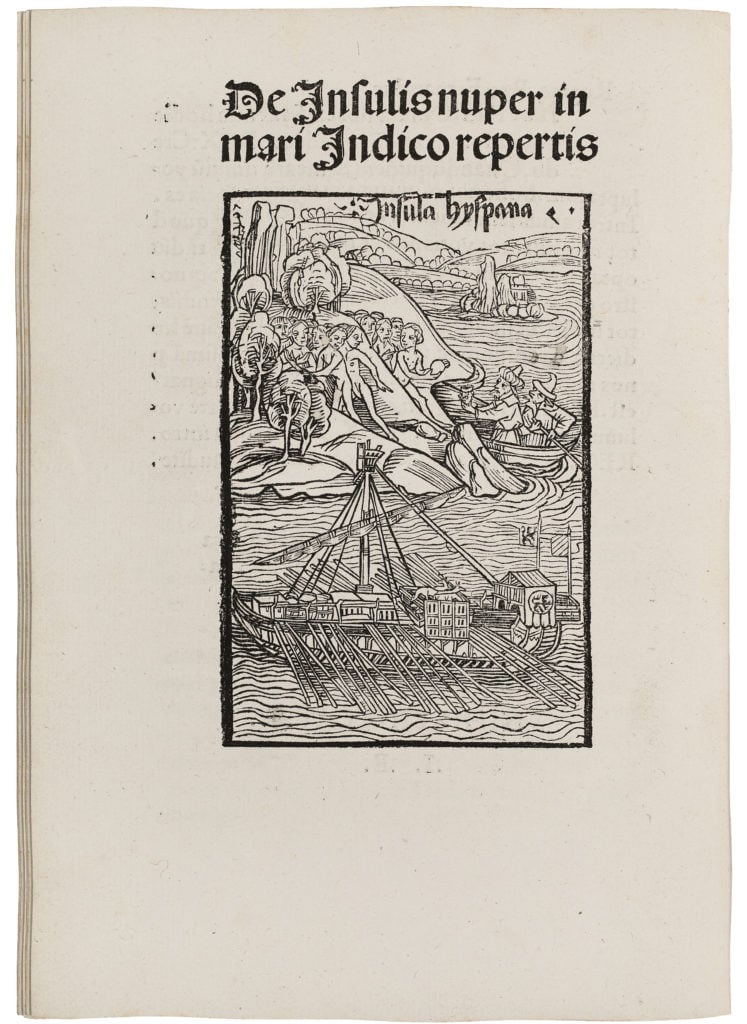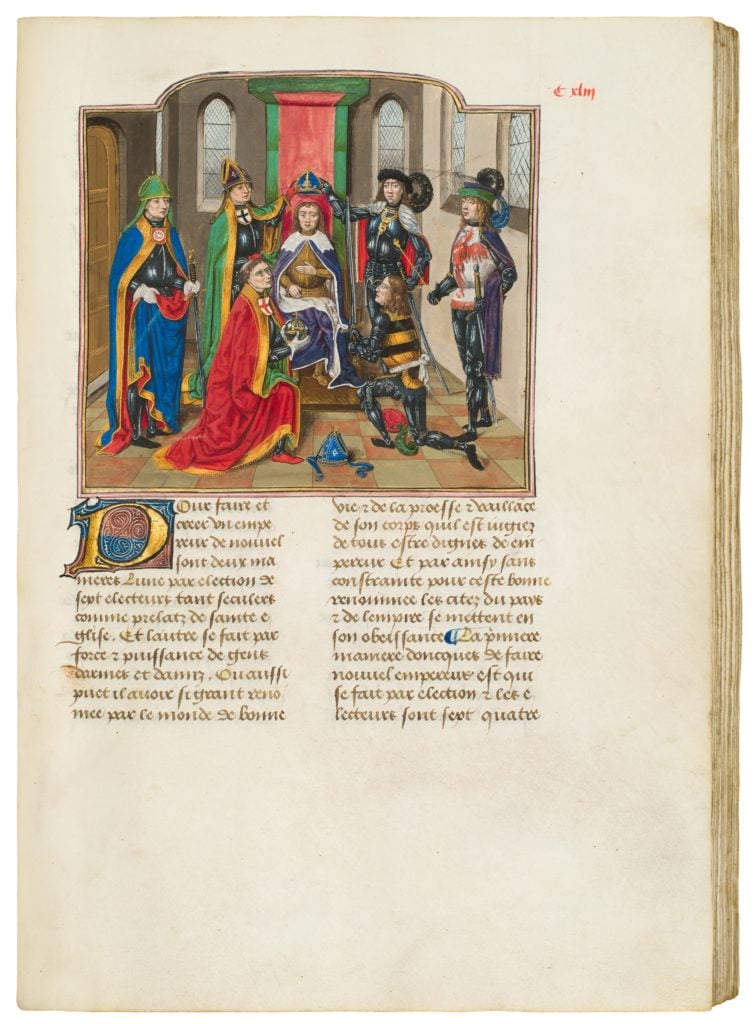Dr. Jörn Günther Shows Us that Rare Books Belong in an Art Museum, Not a Library


Artnet Gallery Network

The world of rare books and illuminated manuscripts may be extremely small and esoteric, but it’s also somewhat misunderstood.
“The biggest misconception about our industry is that we are a niche segment of the book market,” says Jörn Günther, one of the world’s leading antiquarian dealers. “In fact, we are part of the art market.”
Günther owns and operates Dr. Jörn Günther Rare Books AG, a small shop in Basel that specializes in manuscripts, miniatures, and rare books from the Middle Ages and the Renaissance. Though he does technically sell books—or often just individual pages—Günther recognizes that they feature the same rich history, precision of craft, and uniqueness that defines any work of fine art.

Compendium for Juan II, King of Castile and Leon (c. 1425). Courtesy of Dr. Jörn Günther Rare Books AG.
He makes a compelling argument: “What makes these books truly outstanding are the beautifully crafted, intricate illuminations that were made by the best artists of their time. Some of the finest paintings by the best medieval artists are actually preserved within illuminated manuscripts. It is also about the tactility and the sensory experience: the touch, the weight, the size of the book, even the smell makes these works so special.”
Günther’s love for medieval manuscripts began when at 14 years old, when his father, a collector of antiques, brought home one of the original manuscripts for Weltchronik (World Chronicle) by Rudolf von Ems. Dating back to the 13th century, it’s considered the oldest work written in German. “When I first saw it, I was so drawn into this world that I immediately knew illuminated manuscripts would become a big part of my future career,” says Günther. Roughly 20 years later, in 1988, that manuscript became his first in a long line of big-time sales.

Christopher Columbus,Epistola de insulis nuper inventis (1484). Courtesy of Dr. Jörn Günther Rare Books AG.
This week, Günther makes his annual return to TEFAF Maastricht, a fair he’s participated in for 25 years now. Fittingly, the theme of his TEFAF booth is the “Era of Exploration.” Among the highlights are Christopher Columbus’s Epistola de insulis nuper inventis, his first written account of the New World, which he penned on his return trip from the “Indian” isles in March 1493; and a royal manuscript created around 1425, more than 60-plus years before Columbus’s first voyage, depicting a proposed map of the world.
There’s also a rare Mexican manuscript from the Huejotzingo region that provides insights into the early days of the colonialization of the New World, and a French-translated copy of Livy’s History of Rome, a manuscript that Günther describes as illustrating “everything that the Middle Ages are supposed to be: battles, jousts, knights, armor, castles, trumpeters, kings, maidens, and banquets in a profusion of color and chivalric splendor”

Compendium Droits d’armes de noblesse (c. 1490).
However, the real “showstopper,” he says, is Droits d’armes de noblesse, a Burgundian manuscript with an anthology of chivalric treatises. “When we participate in fairs we also try to provide the visitors with good storytelling. We try to find a common thread and an engaging narrative,” says Günther. “The finely illuminated texts deal with, among other subjects, chivalric protocol, heraldry, and the laws of war in Spain, France, Burgundy, and England.”
For collectors who don’t know, buying and living with rare books is not dissimilar from the experience of owning art. While they should be protected from humidity and extreme temperatures, they don’t require much else in terms of living conditions. Günther says that some people display them on walls or in cases, but others simply keep them on bookshelves in their library. And though people tend to think that they should wear gloves when handling them, he says that gloves reduce one’s tactile sensitivity, and that’s it’s often better to handle them with clean, dry hands.

They’re also a relatively safe purchase, given their rarity. “Over the decades and centuries, they have proven to be a safe and stable investment whose value only increases,” Günther explains. “Less and less precious works are available for private collectors. Very few of these extremely rare items ever appear on the art market.”
But for Günther, these works represent more than an investment. Owning them is about being a part of the narrative of history. “They were highly exclusive items at the time of their creation, and to this day they have kept their outstanding value, both financially and historically,” he says. “Thanks to the quality of the materials, these stunning pieces of art have lasted for centuries and have survived revolutions, wars, and political turmoil. They create a connecting line between the past and the present, and open a window to another world. The rare books that I deal with help us understand who we are and how we fit into our historical context.”
TEFAF Maastricht is on view at Forum 100, 6229 GV, Maastricht, March 10–18, 2018.
